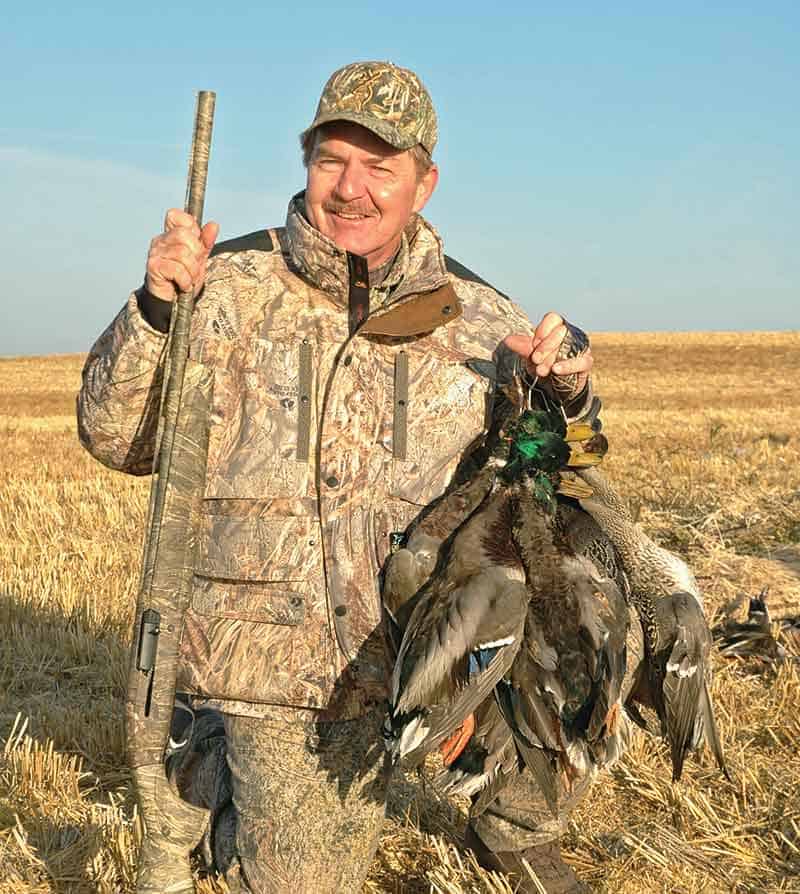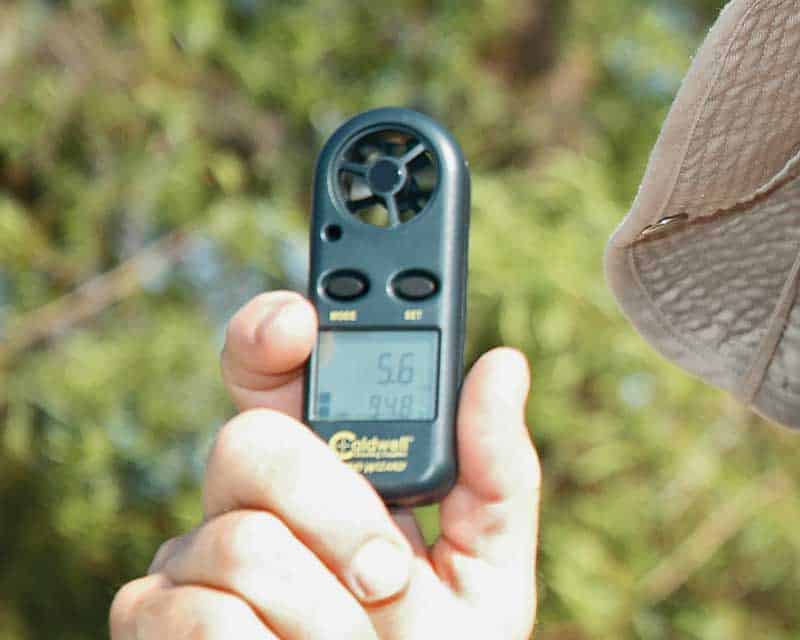0
Ol' Devil Wind
Even Shotgun Patterns Get Moved Around
Let’s talk wind for a moment. Shotgunners don’t talk about wind much. The subject seems reserved to the rifle clan, but oh, how wind can dramatically affect the location of a shotgun pattern.
The wind factor is especially an issue when you’re waterfowling. Wind direction and velocity must be cranked into your mental computer, particularly on those dark, windy days ducks love so much. Shots taken right up close over the decoys aren’t the issue. It’s those long crossing shots out there at 40, 50 and 60 yards.
The effect of wind, especially a 3-to-9 o’clock crosswind, is commonly seen when shooting cripples over water. Pattern drift becomes very apparent under those conditions. A good habit to have if you’re experiencing a crosswind is to fire a ranging shot or two out there at an estimated 40 and 50 yards to see and remember the amount of pattern drift taking place. It’s been observed at live boxed pigeon shoots the competitors will often fire a round or two into the ground to judge wind drift before calling for a bird and handicap trapshooters often select 7-1/2’s rather than 8’s to minimize the effects of wind drift.
How much can wind affect a pattern or shot cloud? Nearby is a classic table released by Winchester-Western based on experiments at their Nilo Farm. The table documents the actual displacement of a pattern with a 90-degree crosswind clocking 10 mph.
An interesting fact discovered in Winchester-Western’s testing is the whole shot pattern shifts, but the quality of the pattern is not affected.
A 10 mph crosswind is not that fast. For fun and educational purposes, I periodically measure the wind with a Caldwell or Kestrel handheld wind meter and try to remember what various wind velocities feel like on my face and what the grasses, bushes and trees are doing.
You can get pretty good at wind estimation with just a little bit of practice. You can also make some experiments of your own to study wind drift.
For example, on a day when the winds are predicated to be blowing in the 15 to 25 mph range (not unusual in waterfowling territory), take and place a 2×2 foot box at 40 yards. When the wind reaches those velocities, shoot right at the box with a lead shell and then a steel shell. You might find you have to draw up 2 feet into the wind with the steel shell to effectively kill the box. In fact, when firing the smaller shot sizes such as 7-1/2 or 8 at 40 yards in that same 15 to 25 mph crosswind, you can actually miss a patterning board.
On an empirical basis, the effect of wind drift on lead shot sizes is practically linear but almost exponential with steel. If lead 2’s drift 1 foot, steel 3’s and 4’s might drift 4 feet.
What do we do in the field?
As a rule of thumb, on windy days go up one shot size in lead shot and two shot sizes in steel. Bigger is better.
In the blind or pit, on windy days (15 to 25 mph), use steel 1’s and 2’s, rather than 3’s, for improved wind resistance. In addition, to maintain pattern density, try switching from 3-inch 2’s to 3-1/2-inch 1’s or BB’s.
A couple of years ago, I was hunting the pot hole country of Saskatchewan when a wicked, blustery front moved in laced with a touch of snowflakes. The ducks were flying like mad, and I was doing all right shooting Winchester 3-1/2-inch magnum steel BB’s.
Then I missed what should have been a sure shot. My hunting partner was crouched in the reeds just behind my right shoulder and remarked that my lead was perfect but the wind had changed direction—and so it had. I simply missed the change, and my steel BB’s drifted entirely off target.
The relationship of wind drifted patterns to flying waterfowl is a complicated one. For example, if the crosser is flying with the wind, wind drift may actually help you gain the correct lead. On the other hand, if the crosser is flying into the wind, the bird is going in one direction and the drifting pattern in the other. It’s all a learning experience, and the only classroom is in the field.
Just don’t let that ol’ devil wind get to you.
Shotshell Wind Drift





